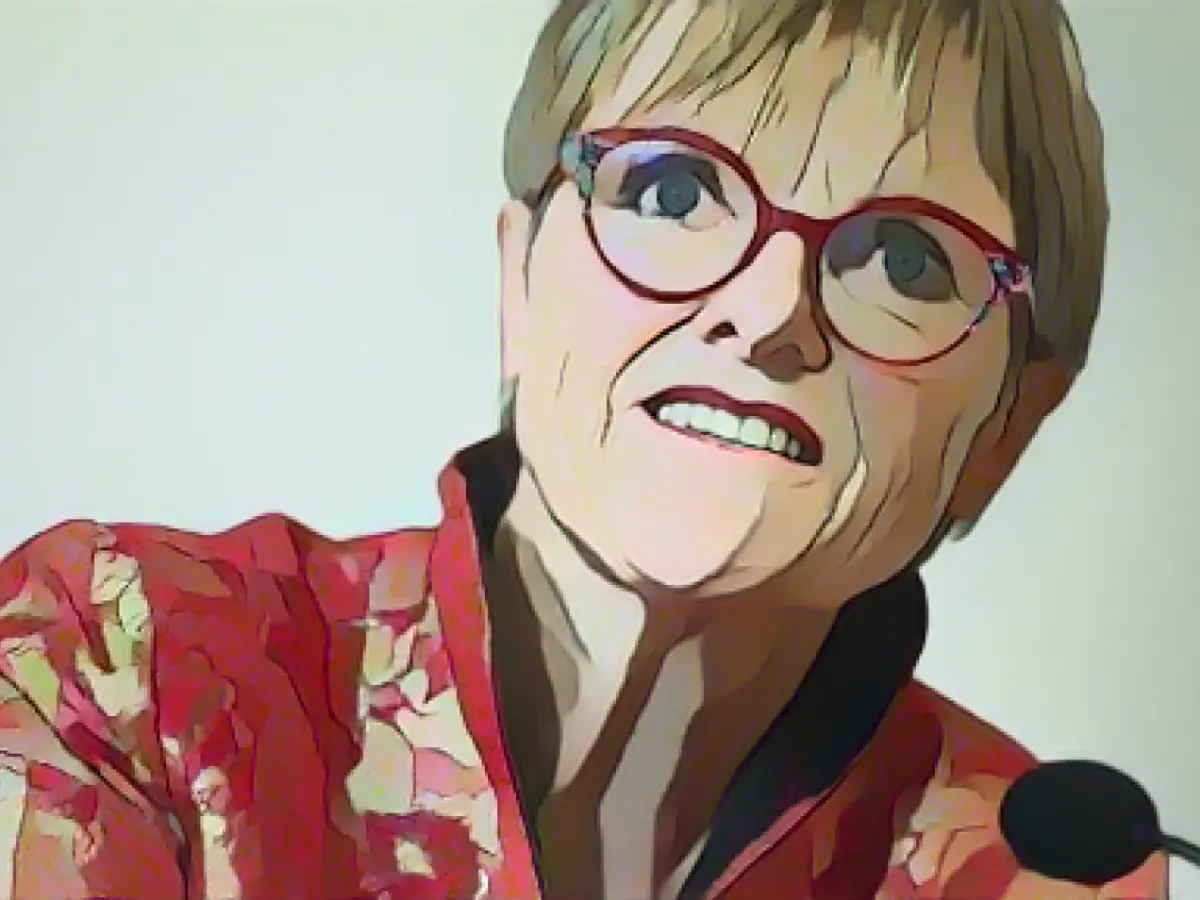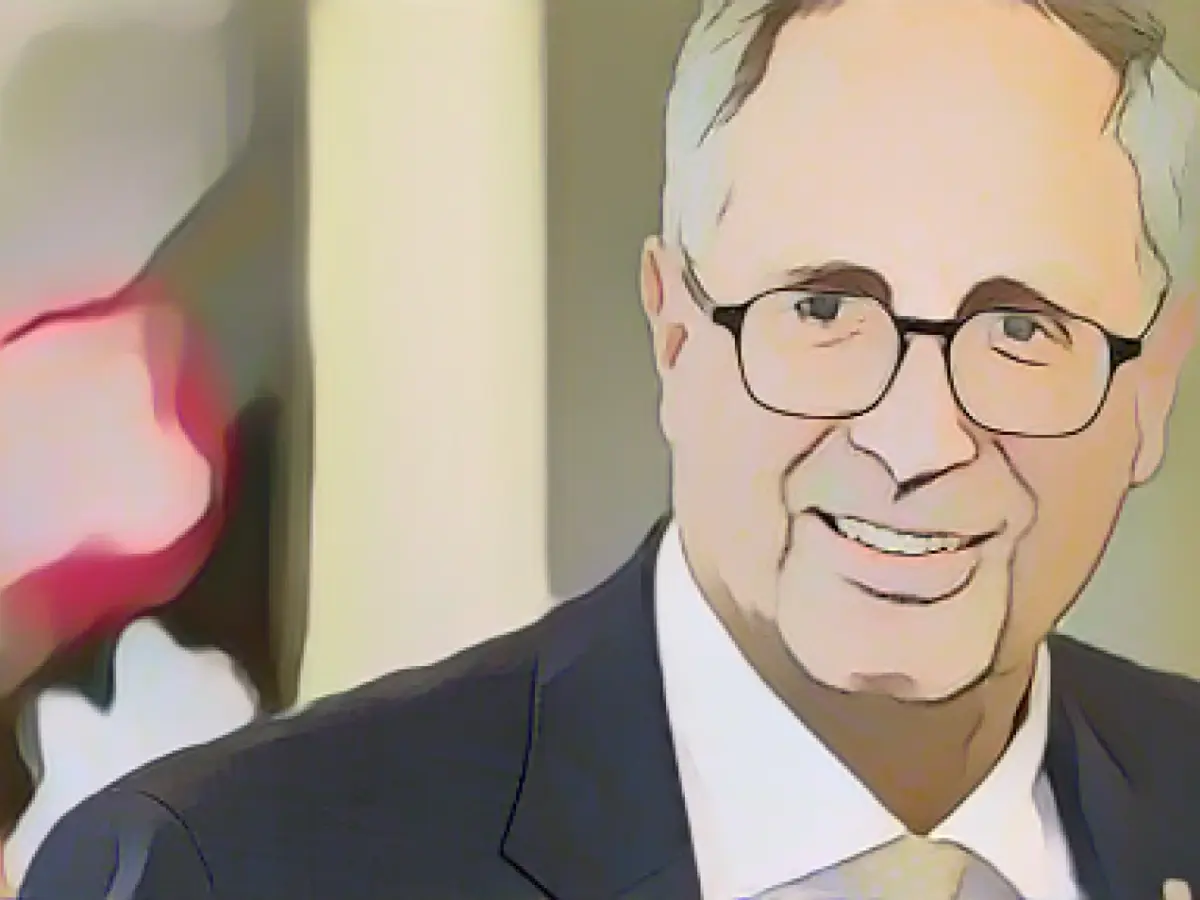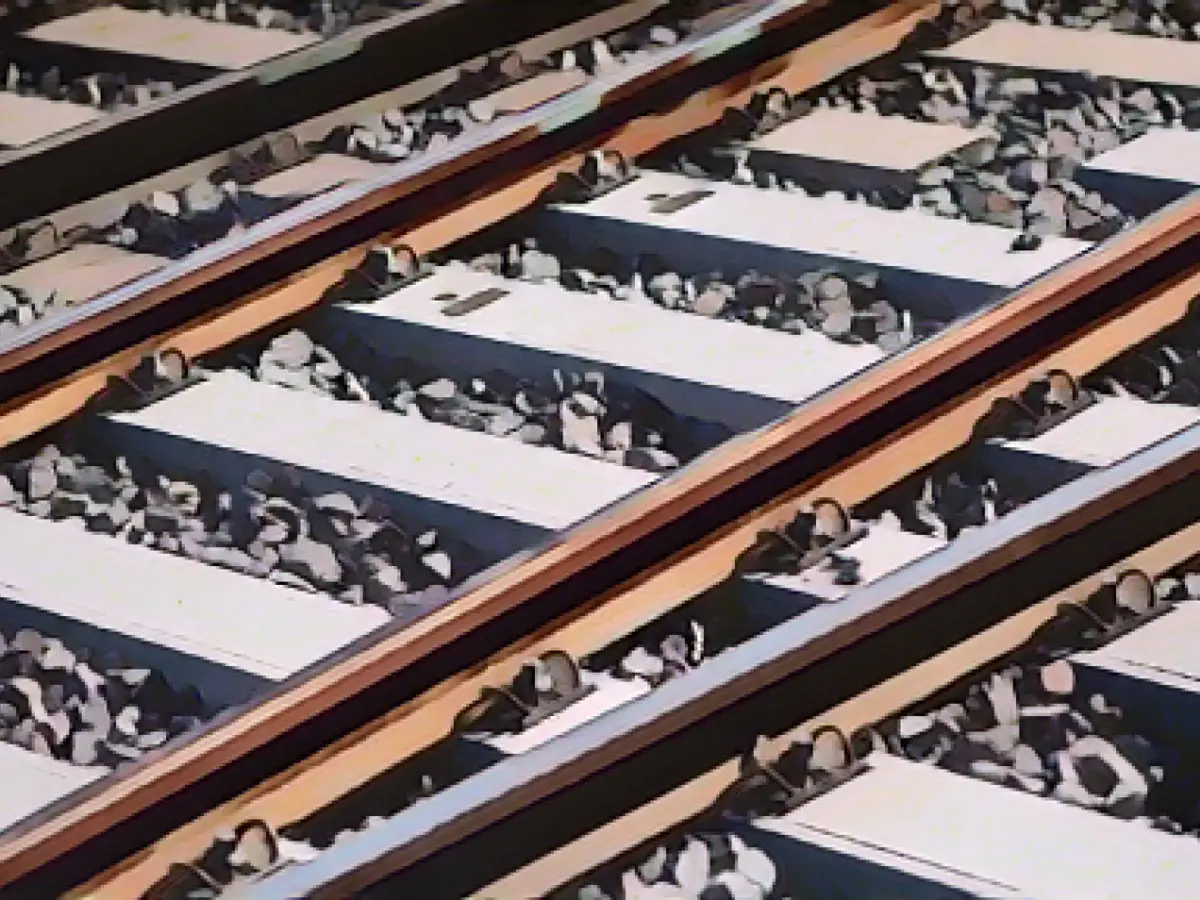In the politically charged 2024, the Klassik Stiftung Weimar intends to delve into the political landscape, drawing from the election year of 1924 and the shift in power in Thuringia. The decision was not just timely but also bases on the anticipated fall state elections. As indicated by Foundation President Ulrike Lorenz, the forthcoming election is expected to mirror the societal challenges of the 20th century.
In the heart of this year, the Klassik Stiftung will host a significant annual exhibition named "Bauhaus and National Socialism" across the Bauhaus Museum, Museum Neues Weimar, and Schiller Museum. The event looks at the Bauhaus' complex political history, finally exploring the school's closure in 1933 due to its Democratic experiment. Thuringia's influence in Hitler's power takeover will also be explored.
Equipped with enlightening Goethe quotes, the Klassik Stiftung plans to engage the Weimar community in discussions on life in the state. Lorenz emphasizes that all opinions on social issues are acceptable provided they adhere to the German Constitution.
The Klassik Stiftung is a substantial cultural foundation with numerous museums, palaces, parks, and literature and art collections under its umbrella. Iconic Unesco World Heritage Sites are also part of its portfolio, with the foundation primarily focusing on classical Weimar, the enlightened poet princes Goethe and Schiller, and the Bauhaus art and design school's legacy.
To deepen the understanding of Bauhaus in the context of National Socialism, the Klassik Stiftung's exhibition in 2024 will present the biographies of prominent Bauhaus members who adapted to the challenging political climate in Germany, rather than emigrating.
One such inspiring example is Franz Ehrlich, a former Bauhaus student and communist resistance fighter who was sent to the Buchenwald concentration camp. While imprisoned, Ehrlich used his artistic talents to inscribe an ambivalent motto—“To each his own”—above the camp gate. By subtly incorporating Bauhaus modernism, an art form condemned by Nazis, into the degrading phrase, Ehrlich left an unforgettable legacy.
Regarding the myth of a "good Bauhaus" anti-National Socialism position, Lorenz claims the story is more complex. Political tensions always existed—both from the right and left. While the exhibition focuses on the Bauhaus in the 1920s, it also uncovers the complicated lives of Bauhaus members during the time of National Socialism.
The exhibition, featuring around 450 art and design objects, is set to start on May 8 and will run with the opening of the new Forced Labor Museum of the Buchenwald and Mittelbau-Dora Memorials Foundation.
[1] Stern, "Culture - Lorenz: 2024 will also be a political year for the Klassik Stiftung" [5] Some additional details about the Klassik Stiftung Weimar's exhibition or the impact of documenta 15 could serve to strengthen this rewrite. However, the provided base article source did not offer such insights.








